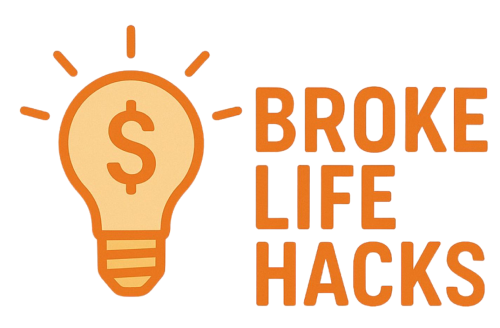Imagine this: David Corenswet’s Superman, lying on the ground, an open wound mimicking a poorly executed special effect from a B-grade horror movie. Enter Nicholas Hoult’s Lex Luthor, the kind of villain who seems to have wandered in from a 90s cartoon, declaring ominously, “They are not from here. And they will never be.” Cue the thunderous music, a DC logo emblazoned like a neon sign, and a sweeping drone shot over the Daily Planet. Voilà! Your new Superman trailer—if only it wasn’t the product of a soulless machine with more algorithms than emotional intelligence.
But hold your horses; this cinematic masterpiece is as fake as a three-dollar bill. Crafted by an AI that’s just good enough to misuse Superman’s likeness yet never understands why he’s more than just a spandex-clad demi-god. This mocking montage isn’t just another sad attempt at Man of Steel fan art. It’s one of countless phony movie trailers flooding YouTube, drowning the real deal like a ship in a sea of mediocre remixes.
Oddly, some folks can’t tell the difference between AI-generated chaos and real Hollywood gold. Even a French national broadcaster got duped, rolling out a fake Superman trailer featuring Corenswet long before any official footage made it to our screens. Director James Gunn, clearly the purveyor of high standards, responded with a line of three vomiting emojis—because nothing screams “I’m a sophisticated thinker” quite like playful emojis. Yet, in a twist, Warner Bros. Discovery has been quietly pocketing cash from these counterfeit clips.
Instead of launching a manhunt for copyright infringers, studios are cozying up to these impostors, requesting that YouTube funnel ad revenue their way. Because who doesn’t want a slice of the pie that’s made from intellectual property they claim to protect? Actors’ union SAG-AFTRA has chimed in, wailing that monetizing these junky videos is a “race to the bottom.” But you know what they say: when life gives you lemons, grab a glass and charge admission!
So, what’s the real question here? Why let these faux trailers simmer on the backburner of YouTube? Creators insist these videos boost the promotional machinery of honest-to-goodness films. Yet the skeptical might side-eye such claims, wondering if fake trailers are like slapping a mustache on the Mona Lisa—almost comical yet undeniably tacky.
And let’s not forget the ambitious creators at the far end of the digital spectrum. Some churn out fake trailers for kicks, while others are cashing in big-time. Welcome to the wild world of YouTube, where AI and creativity collide in an explosion of pixels, applause, and the unmistakable sound of cha-ching as ad revenue rolls in.
Buckle up; this journey starts at the dawn of YouTube, back in 2005, with the viral sensation of a Titanic sequel. You know the one: Jack Dawson, frozen in ice like a misplaced Popsicle, is revived in New York—because why not throw him into the heart of urban life with a dance remix of Celine Dion? Fast forward, and one visionary creator named VJ4rawr2 effortlessly left behind a trail of smirks and a staggering 393 million views, showing that sometimes the best way to get rich is to poke fun at the absurdity of film culture.

